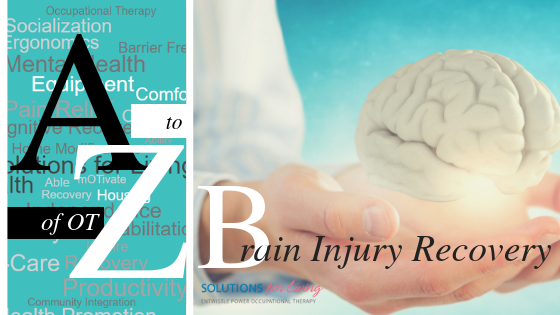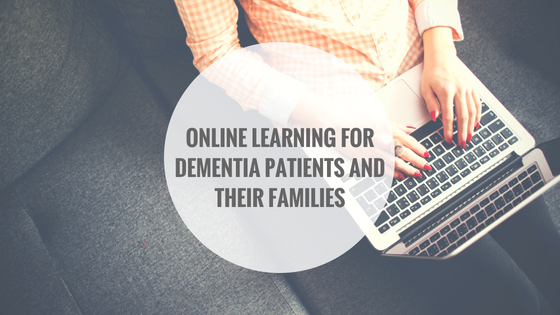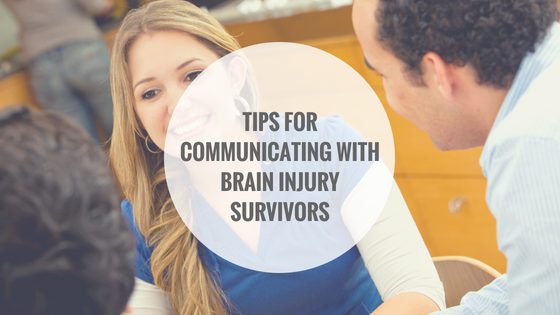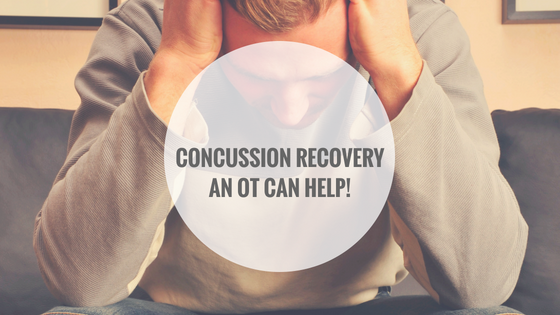Co-authored by Meredyth Bowcott, Student Occupational Therapist
The 2018 Rogers Cup has just wrapped up in Montreal and Toronto, and once again spectators in Canada and around the world were dazzled by the likes of top-ranked tennis players such as Rafael Nadal and Simona Halep. If you’ve ever tried your hand at the sport, you know it requires great speed, agility, endurance, and of course coordination.
So how do these players prepare to return a serve that can clock in at speeds of over 160 km/hour? Well, they do it with a little help from a part of the brain called the cerebellum.
The Mighty Cerebellum
The cerebellum registers the serving player’s movement pattern, along with the speed and trajectory of the tennis ball, and predicts the outcome of these movements. As the returning player makes a split-second decision about how to get into position to hit the ball back, the cerebellum is still hard at work. It receives instructions for how the body should be positioned in order to return the serve, simultaneously comparing the body to the actual position of joints and muscles. The cerebellum sends signals to adjust the position of the body in real time, giving the player the best shot at returning the serve.
We can’t all be tennis superstars, but we do all rely on our cerebellum in our day to day lives. Truly, any intentional movement that you accomplish in a smooth and predictable manner, from watering your plants to drinking a cup of coffee, is brought to you in part by your cerebellum.
Ataxia
So, what happens when this crucial brain structure becomes damaged and isn’t working as it should? One of the symptoms of cerebellar dysfunction is ataxia. Ataxia is characterized by a loss of muscle control and coordination, and can affect the whole body or only specific parts (upper extremity, lower extremity, trunk, etc.). Individuals with ataxia may have difficulty initiating movements, movements may appear jerky and imprecise, and they may have poor sitting or standing balance. Others may have difficulty swallowing or experience rapid back and forth eye-movements.
Ataxia has a pronounced impact on how people go about the activities in their day. Without adequate muscle control and coordination, tasks like getting dressed, walking, and preparing a meal become more challenging.
How Occupational Therapy Helps
It’s important for medical teams to determine the cause of the ataxia and see whether it is due to an underlying issue that can be treated. When symptoms persist, occupational therapists (OTs) focus on ways to help individuals with ataxia compensate for their symptoms. Some of the ways an OT might help someone with ataxia are:
Energy conservation: Fatigue can exacerbate symptoms of ataxia, therefore it’s important to think about how to conserve energy throughout the day. We do this with the four P’s:
- Prioritizing: OTs can help establish a list of priority activities, that is which tasks throughout the day are more important for the individual to be able to get done. Focusing attention on what’s most important contributes to a more rewarding day.
- Pacing: It’s important to take regular breaks – before fatigue sets in – and practice proper pacing technique. OTs can help create a realistic daily schedule that allows time for productivity and rest.
- Planning: OTs are skilled in task analysis and can help individuals find the most efficient way to accomplish an activity. This reduces unnecessary expenditures of energy, and can reduce frustration.
- Positioning: OTs consider how the individual interacts with their environment while accomplishing a task. For example, ensuring everything needed to make dinner is within reach limits unnecessary movement.
Joint stabilization: If muscle incoordination occurs in the upper extremity, it can be beneficial to stabilize the arm when accomplishing gross and fine motor movements. For example, stabilizing one’s elbow by leaning it on a table can help create a smoother movement when drinking from a cup.
Adaptive equipment: OTs can recommend equipment to make certain tasks easier. In some cases, the use of weighted utensils may help reduce jerky arm movements. Self leveling spoons can also help minimize spills during mealtime. Lining work surfaces in the kitchen with a non-slip mat such as Dycem © can provide traction to compensate for muscle incoordination.
Every person with ataxia is different, and occupational therapists have the skills to develop individualized plans to help them lead active and fulfilling lives. For more information on these and other ways occupational therapy plays a part in treating ataxia, contact an OT! In the meantime, if you like sports, watch the cerebellum in action at the upcoming US Open!
References:
Anderson Preston, L. (2013). Evaluation of Motor Control. In H. McHugh Pendleton & W. Schultz-Krohn (Eds.), Pedretti’s Occupational Therapy: Practice Skills for Physical Dysfunction, 7th Edition. (pp. 461-488). St. Louis, Missouri: Elsevier Mosby.
Foti, D. & Koketsu, J.S. (2013). Activities of Daily Living. In H. McHugh Pendleton & W. Schultz-Krohn (Eds.), Pedretti’s Occupational Therapy: Practice Skills for Physical Dysfunction, 7th Edition. (pp. 157-232). St. Louis, Missouri: Elsevier Mosby.
Mayo Clinic. (2018). Ataxia. Retrieved from:
https://www.mayoclinic.org/diseases-conditions/ataxia/symptoms-causes/syc-20355652
Tipton-Burton, M., McLaughlin R, & Englander, J. (2013). Traumatic Brain Injury. In H. McHugh Pendleton & W. Schultz-Krohn (Eds.), Pedretti’s Occupational Therapy: Practice Skills for Physical Dysfunction, 7th Edition. (pp. 881-915). St. Louis, Missouri: Elsevier Mosby.
UBC Medicine – Educational Media. (2014, February 18). The Cerebellum – UBC Neuroanatomy – Season 1 – Ep 8 [Video File]. https://www.youtube.com/watch?v=17mxfO9nklQ










